2023-02-03|撰文者:胡鐘尹 HU Jungyi
The Nebula of Consciousness and the Universe of Vipassana: CHENG Chung-Chuan’s Paintings
In the history of human exploration of the astronomical universe, it was discovered early on that stars that are sometimes formed by “clumps”, and “nebula” are generally referred to as “Diffuse nebula”, which also represent the process of compaction and expansion from abstract to figurative at the beginning of the formation of the universe.
The philosopher Baruch de Spinoza, on the other hand, refers the existence of the universe to a single entity (substance), from which he differentiates between “Natura naturans” (God or Nature) and “Natura naturata” (all things, living beings and matter), equating God with nature. Creative power and the logic of life are, in a sense therefore, derived from the natural law, which is immanent rather than transcendent.
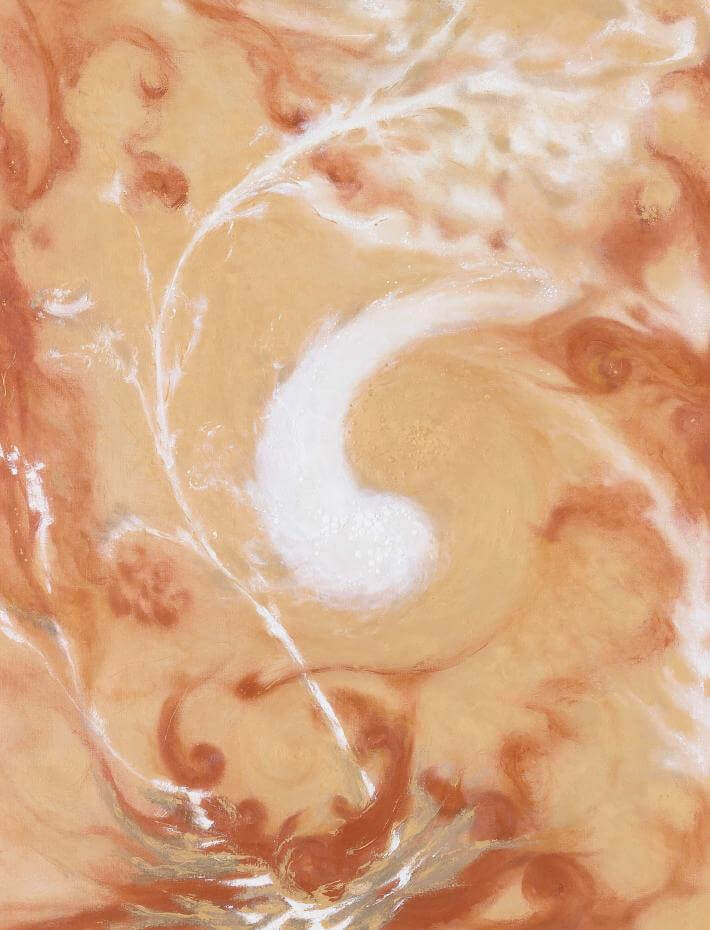 Aura, oil on canvas, 145.5x112cm (80F), 2010. ©Powen Gallery
Aura, oil on canvas, 145.5x112cm (80F), 2010. ©Powen Gallery
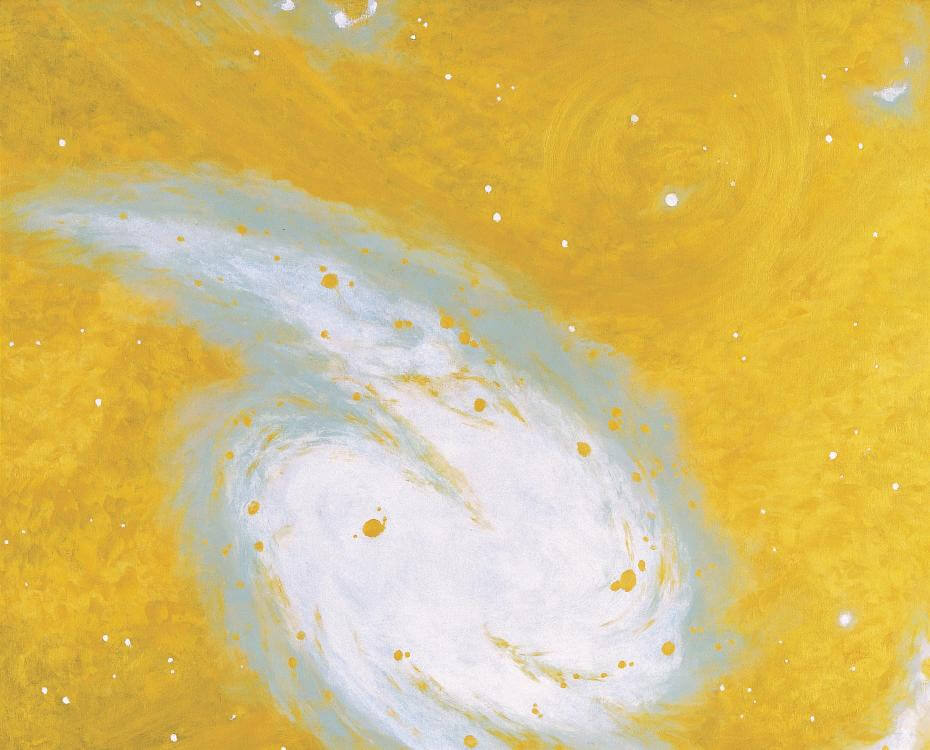 Universe, oil on canvas, 130x162cm (100F), 2005. ©Powen Gallery
Universe, oil on canvas, 130x162cm (100F), 2005. ©Powen Gallery
If we take this merging of the created and creation in the immanence to explain the subconscious, ego, spirituality and nature in Cheng Chung-Chuan’s paintings, it is indeed the process of transformation from abstract awareness to concrete forms. From the fluidity and spontaneousness of her works, one can feel, in her paintings, the “Nebula of Consciousness” creating lines which took the form of airflow, manifesting as the Universe of Vipassana through different forms of nature and living beings.
Cheng’s paintings sometimes embody and express through figurative “gestures”, such as plants and flowers, the silhouette of mountains, star trails, clouds, airflow, borders and lines of consciousness. They do not resemble specific plants in the real world, nor are they replicas or re-presentation of a particular natural landscape. They are the “flowers of spirituality” and “the Universe of Vipassana”. Comprehending the abstraction of Cheng’s painting through the compaction and expansion of the “nebula” is tantamount to savouring her response to the purely perceptual world from her mental activities and creative process.
 Twilight, acrylic on canvas, 38x45.5cm (8F), 2016. ©Powen Gallery
Twilight, acrylic on canvas, 38x45.5cm (8F), 2016. ©Powen Gallery
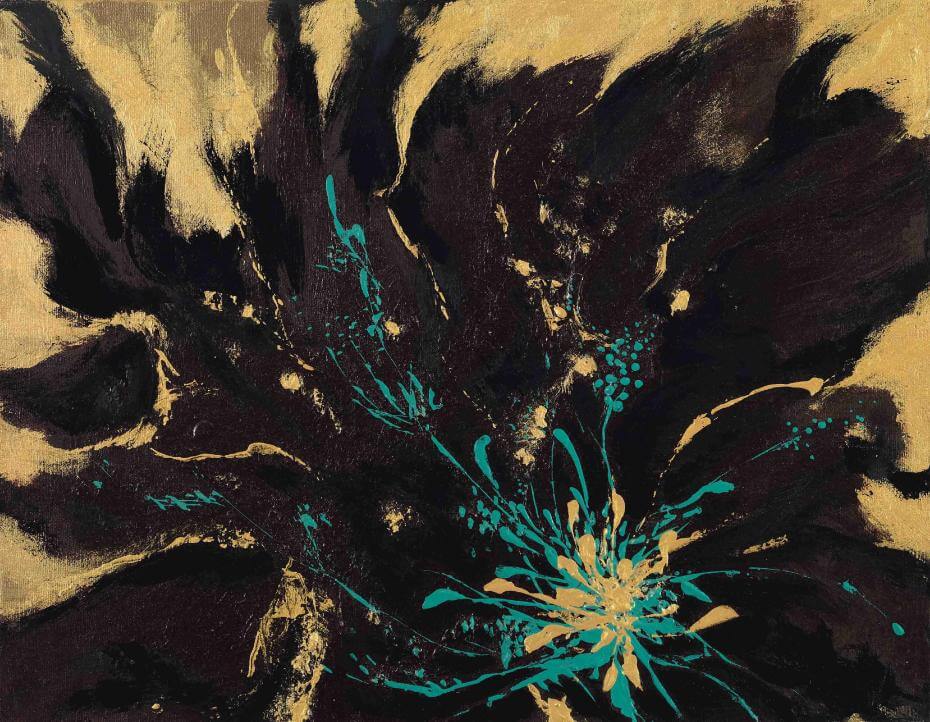 High-spirited, acrylic on canvas, 31.5x41cm (6F), 2018. ©Powen Gallery
High-spirited, acrylic on canvas, 31.5x41cm (6F), 2018. ©Powen Gallery
Intellectually, during her stay in Japan, Cheng came across The Power of Your Subconscious Mind by Joseph Denis Murphy, in which she was deeply inspired by the concept of how to transform the subconscious mind into the mentality of self-regulation and motivation through the practice of mindfulness, inner beliefs and alignment, transforming abstract spiritual power into the power of actualization.
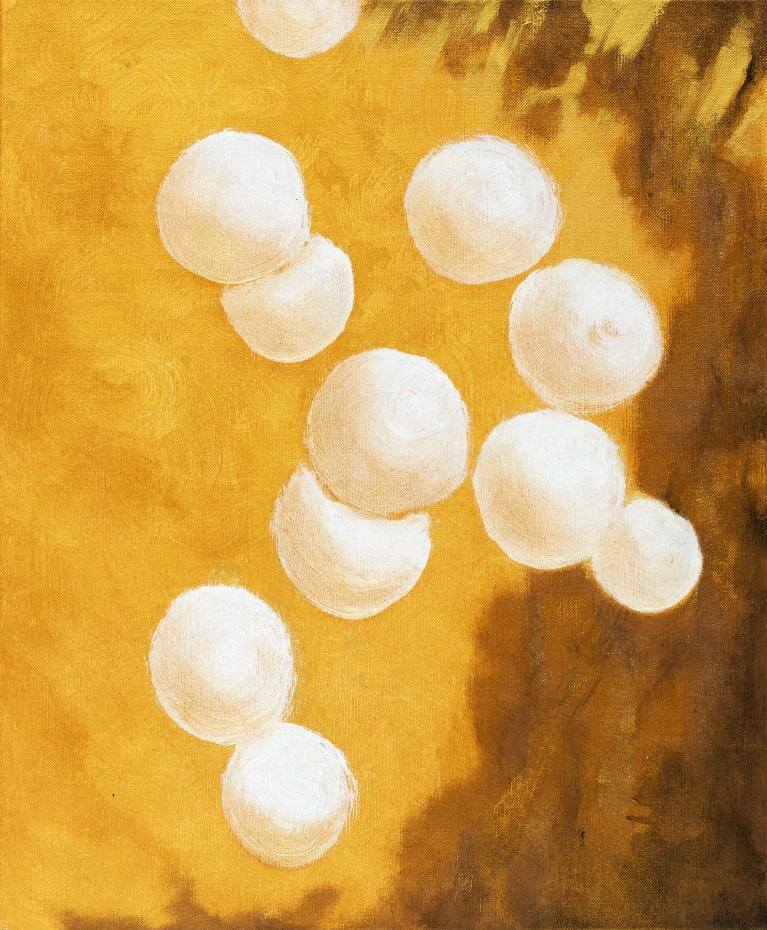 Gaze, acrylic on canvas, 60x49.5cm (15F), 2013. ©Powen Gallery
Gaze, acrylic on canvas, 60x49.5cm (15F), 2013. ©Powen Gallery
In terms of the creative process of her practice, Cheng does not make drafts but rather paints directly onto the canvas when her memories, thoughts or abstract perceptions emerge. Even though there are often elements of nature in her works, she tends to echo the inner universe with the outer nature in her paintings. Through perception, a “mental image” is formed, and this “image” (a representation of an abstract state of mind) is eventually transformed into a visual “form” (a concrete visual appearance). Without anticipating the final outcome, the initial “mental image” may alter and reshape in the changes of feelings, perceptions or thoughts, as in the case of celestial bodies and nebulae, form or reflect variations of colours due to the different magnetic fields, gravitational forces, radiation and ionisation from nearby high-luminosity stars, or change by the collision of planetary fragments.
 Movement, oil on canvas, 45x53cm (10F), 2005. ©Powen Gallery
Movement, oil on canvas, 45x53cm (10F), 2005. ©Powen Gallery
The artistic practice of Cheng follows not the form but emphasizes the process of compaction and expansion of life. “The distinction between Nature and Mind is not improperly conceived when the former is traced back to reality, and the latter so fixed and complete as to subsist even without Mind: in Mind it first, as it were, attains its goal and its truth.” Shorter Logic, G. W. F. Hegel. (Friedrich & Wallace, 1975)[1]
The fullness and richness permeated in her paintings is an expression of Cheng’s externalisation of her perceptions into a kind of vitality in her inner mind. As for her approach to painting, she retains a particularly keen sense of brushwork, especially manifested in the moments between forms, and when the volume and the background are about to merge. She employs an inwardly rotating style of brushstrokes to express the resonance or uses a painting knife or a fine brush to delineate lightning or fine lines resembling the body’s nervous system so that the objects in her works clustered into energy masses. They generate, expand, burn, crumble, externalise and contract, in a single cluster of cyclones, connecting and converging into the universe of the painting as a whole.
 Hover, oil on canvas, 72.5x91cm (30F), 2005. ©Powen Gallery
Hover, oil on canvas, 72.5x91cm (30F), 2005. ©Powen Gallery
Cheng’s paintings are often “partial” in perspective, with an expansive manner in terms of their richness in the resonance of fluidity and essence. The way she depicts living beings is usually expressed in two different ways: the first is a gentle brushwork akin to smoke, air and feathers, expressing the formlessness of life obscured in the sky; the second is the use of a brush dipped in paint, through the “robust” and “heavy” brushwork of dragging and dotting, symbolises the expansion of consciousness, which grows and transforms into the state of individual life in the universe as a whole and in the void.
 Imposing, acrylic on canvas, 60.5x72.5cm (20F), 2014. ©Powen Gallery
Imposing, acrylic on canvas, 60.5x72.5cm (20F), 2014. ©Powen Gallery
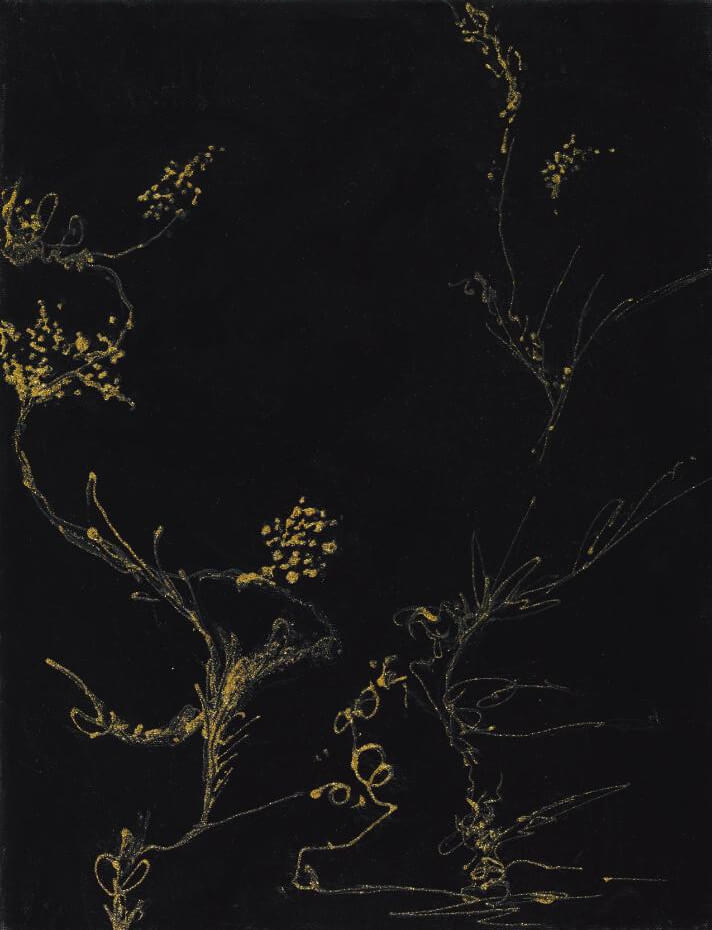 Anthem, acrylic on canvas, 41x31.5cm (6F), 2018. ©Powen Gallery
Anthem, acrylic on canvas, 41x31.5cm (6F), 2018. ©Powen Gallery
Cheng Chung-Chuan’s art reverberates earnestly her belief in the “freedom to pursue” and “a substantial mentality” of her life journey. Through the interaction between “the Nebula of Consciousness”, which is a reflection of the whole of life, and the “the Universe of Vipassana”, which is a response to the individual, the two are expressed as a dynamic unity of life, leading to a traversal of spiritual imagery.
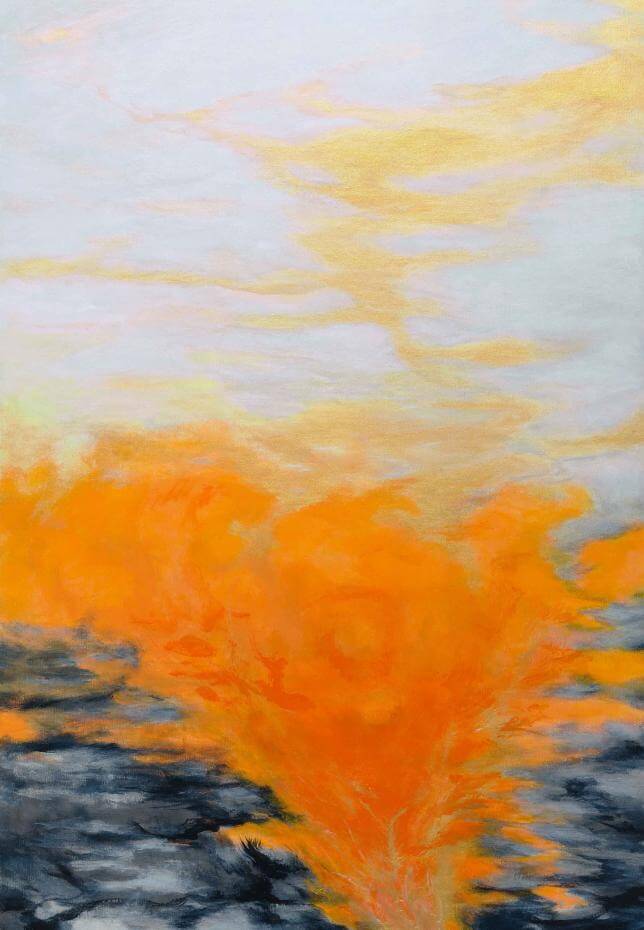 Torrent, acrylic on canvas, 162.5x112cm (100P), 2019. ©Powen Gallery
Torrent, acrylic on canvas, 162.5x112cm (100P), 2019. ©Powen Gallery
[1] Friedrich, H.G.W. and Wallace, W. (1975) Hegel’s logic. Oxford: Clarendon Press.
熱門新聞
1
打造全民美術館!新北市美術館4月25日正式開館,4月8日起試營運,三大展覽搶先看
川普祭出的「對等關稅」與「恢復美國歷史的真相與理智」將會對美國藝文產業帶來何種衝擊?
洪建全基金會三大計畫 點燃台北當代藝火 4月起接力推出委託、策畫鉅作——許哲瑜「災變論」、「Making of…Li Yi-Fan李亦凡」、李奧森「Stereoblind」
史博館「大家的歷史 歷史的大家」系列特展,從水墨、雕塑、油畫、版畫呈現臺灣藝術的多元樣貌
2025《巴塞爾藝術展與瑞銀集團環球藝術市場報告》:市場總值按年下跌,較低價位市場持續蓬勃,交易數量仍增加
國美館x龐畢度中心「無序樂章:聲音藝術之旅」盛大開幕 呈現聲音藝術史上指標性藝術家
2025「堤頂之星2.0」年度邀請展《作為夥伴的我們》: 探索視覺藝術產業中的合作模式與互動機制
國立歷史博物館「李奇茂百年展」, 呈現藝術家多幅從未公開鉅作與最後遺作〈天馬〉
「亞洲獨立藝術空間歷史與檔案」國際論壇4月11日登場,國際策展人齊聚探討亞洲獨立藝術空間的發展
劉慧中的「失落秘境」
站內推薦
猜你喜歡
view all焦點新聞
當代藝術徵件引領當代繪畫思潮!第三屆「中國信託當代繪畫獎」6/1起徵件-總獎金200萬 關渡美術館展出 獲獎作品進駐中國信託
2025-03-31|撰文者:中國信託文教基金會/非池中藝術網編輯整理5183